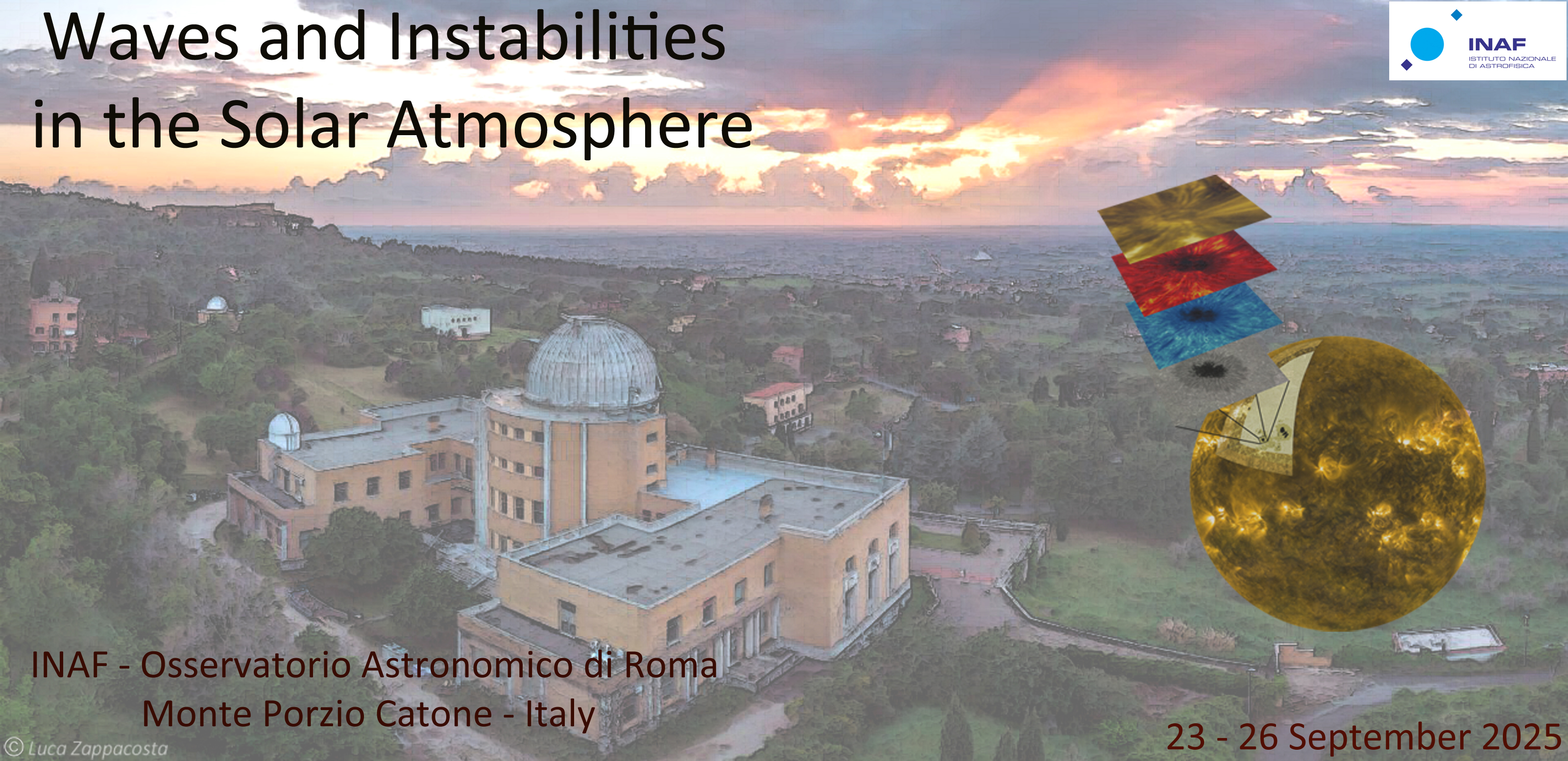Speaker
Description
We performed numerical simulations to study mechanisms of solar prominence formation triggered by a single heating event. In the widely accepted “chromospheric-evaporation condensation” model, localized heating at footpoints of a coronal loop drives plasma evaporation and eventually triggers condensation through the development of thermal instability. The occurrence of condensation is strongly influenced by the characteristics of the heating. Various theoretical studies have been conducted along one-dimensional field lines with quasi-steady localized heating. The quasi-steady heating is regarded as the collection of multiple heating events among multiple strands constituting a coronal loop. However, it is reasonable to consider a single heating event along a single strand as an elemental unit to investigate the onset of thermal instability in isolation.
We investigated the condensation phenomenon triggered by a single heating event using 1.5-dimensional magnetohydrodynamic simulations. By varying the magnitude of the manually imposed localized heating rate, we explored the conditions necessary for condensation. We found that, when a heating rate approximately $\sim 10^{4}$ times greater than that of steady heating was applied, condensation occurred. Condensation was observed when the thermal conduction efficiency in the loop became lower than the cooling efficiency, with the cooling rate significantly exceeding the heating rate. Using the loop length L and the Field length $\lambda_{F}$, the condition for condensation is expressed as $\lambda_{F}<L/2$ under conditions where cooling exceeds heating. We extended the analytically derived condition for thermal nonequilibrium to a formulation based on heating amount.
| Sessions | Instabilities |
|---|

